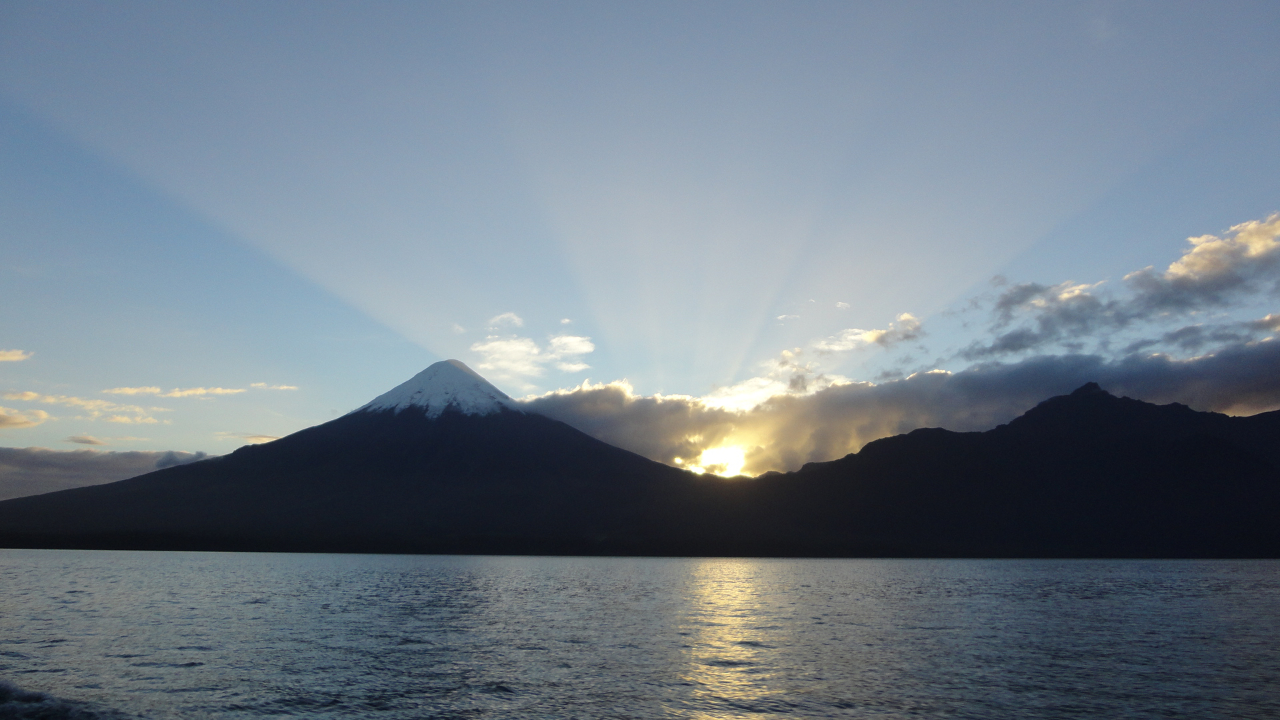In 2004, during my time as German Ambassador to Chile, I visited the southern part of the country and was bewildered by the natural beauty of the Lago Llanquihue, where it’s crystal clear waters reflected the Vulcan Osorno like a mirror. Hiking in the romantic wilderness of Patagonia, presented a first experience in observing breeding cages for salmon. Further observation at an aquaculture company, shows that the salmon lives in fresh water in their first six months before being moved to the ocean for their final growing period. The aquaculture industry in Chile has become one of the most important economic sectors in the country contributing 10% to the country’s GDP.
Blue Economy
From this personal account, I saw the interplay between the many interests of the people in the region – all bounded somehow in the same way to the ocean: local fishermen taking advantage of the rich waters in the lakes and ocean; the gigantic aquaculture companies using the same freshwater lakes and the gorgeous spots around the island Chiloe, the tourism community responding to an ever-growing sector and trying to build up eco-friendly resorts and hikes at the shores and the rights of the Chilean state to benefit from this national asset. Finding a way to balance these – sometimes conflicting – interests, in a manner that allows both, sustainable and equitable growth, is what we today call the Blue Economy.

